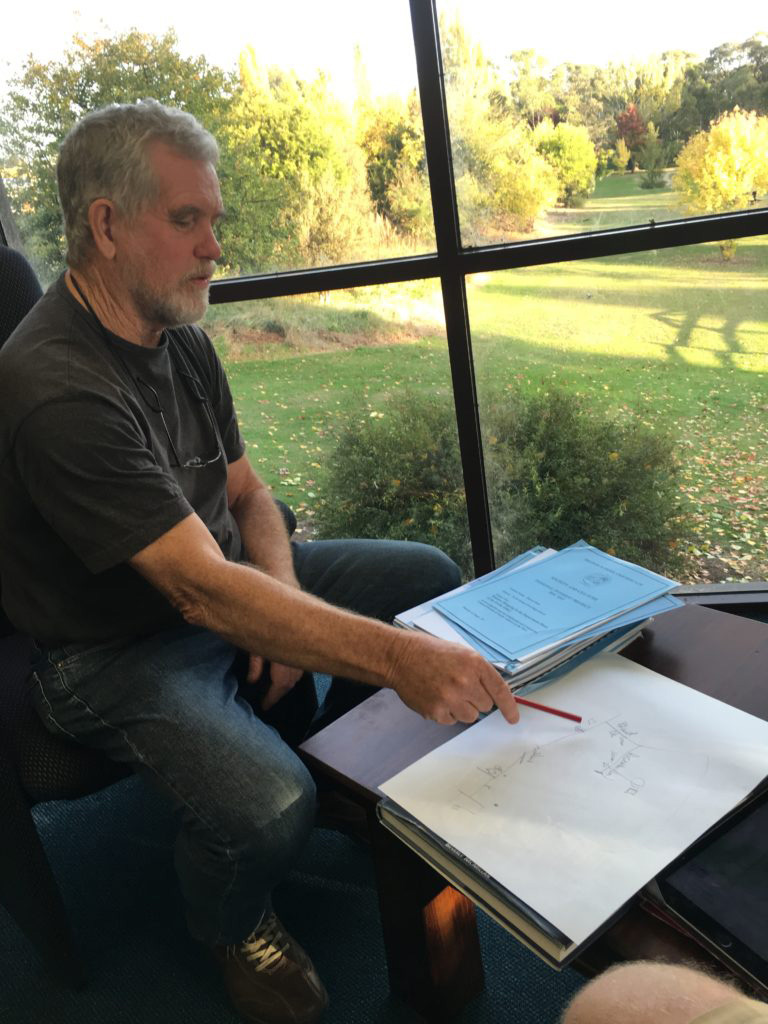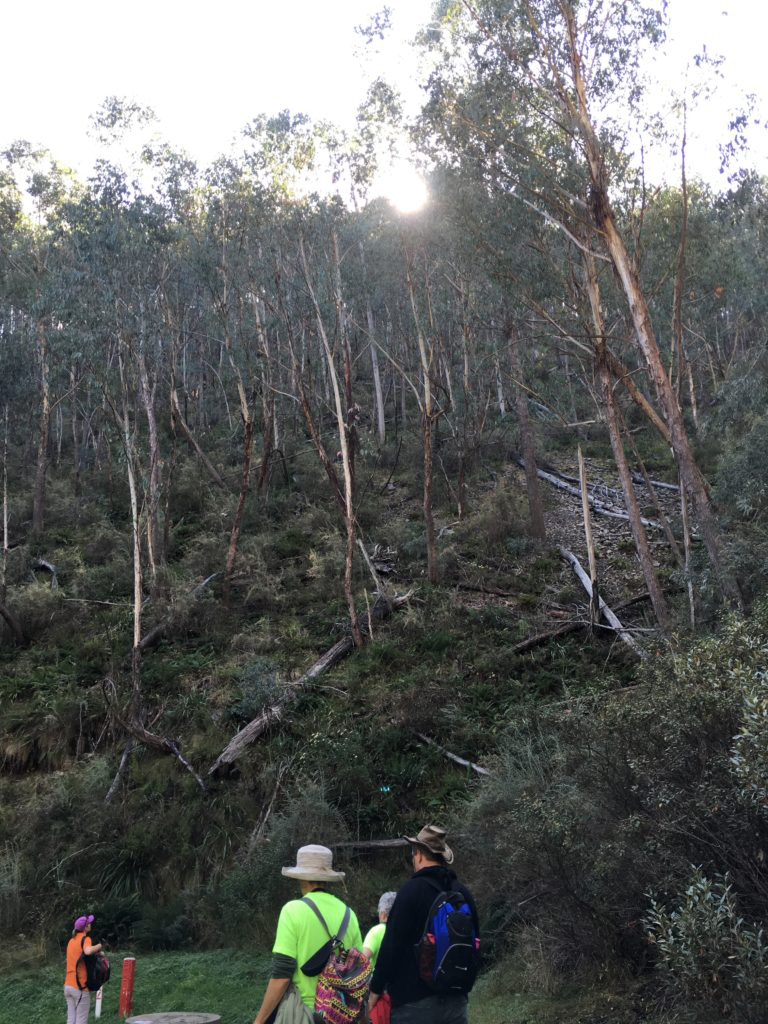The tragic 2014 flight, MH370 is a flight full of mystery. It was an airliner to take off and never land. Have you ever wondered which was the first plane to take off and never be found again?
Well before MH370 captured the world’s attention and produced an unending number of conspiracy theories, there was another mystery of the same kind – the first one, in 1931 and it happened in Australia.
Charles Kingsford Smith and Charles Ulm had just come back from their famous Pacific crossing on a plane called the “Southern Cross”. Following that trip, they were now household names and decided to ride the wave of fame and fortune and start Australia’s first commercial airline business. It was called Australian National Airways, or more commonly known as ANA. It was Australia’s first daily interstate air and mail service.
In 1931 on New Year’s Day, the airline officially released their fleet of 5 brand new Arvo-10’s along with an array of Australia’s best pilots. The planes names were: Southern Cloud, Southern Star, Southern Sky, Southern Moon and the Southern Sun.

For 3 months the infant airline was going strong. Then on the 21st March 1931 the “Southern Cloud” was on a routine Sydney – Melbourne flight. The weather turned out to be worse than expected and the plane never landed in Melbourne. In the ensuing weeks, Australia underwent the largest search for a missing plane every done in aviation history at that time. After 18 futile days, the search for the plane was closed. ANA continued to search well after the 18 days – this along with the onset of the Great Depression caused the airline to go broke that year. That left Qantas as the primary Australian Airline.
Just as MH370 has caused a mystery with many theories and much puzzlement, so did the crash of the “Southern Cloud”. Theories about gold loot on board and bank robbers surfaced. There was even a movie, “the Secret of the Skies” based on this flight, as the plane had not been found yet.
The Southern Cloud’s fate remained a mystery for some 27 years until the 26 October 1958. A worker Tom Sonter, on the Snowy Mountains Hydro-electric Scheme was on a Sunday bush walk when he discovered some wreckage of something that certainly appeared to be a plane. By the end of the day, Tom had discovered that the mountains had finally given up their 27 years old secret! The investigation however, was not conclusive primarily because it was before the days of Black Boxes.
To this day you can still walk deep into the Snowy Mountains and see where commercial aviation’s first mystery was solved. And I went to visit it. My friend and favorite aviation writer, Christine Negroni, emailed me and explained she would be in Australia going to visit this old crash site of the “Southern Cloud” for an article she was writing for the New York Times. Christine Negroni is not only a journalist for the New York Times, she also writes for the Smithsonian’s Air and Space magazine and the Huffington Post. She has just finished her new book The Crash Detectives: Investigating the World’s Most Mysterious Air Disasters.
In preparation for the trip, I read “The Southern Cloud Enigma” by Macarthur Job, a great book which made me a little expert on this story. Needless to say, I was excited about the adventure.
We drove to Canberra and met Christine there. After dinner we stayed the night in Yass in a beautiful old hotel. The next morning, we headed to Tumbarumba. The way I was told to remember this little NSW town was “Tumba-bloody-rumba shootin’ kanga-bloody-roos”.
Tumbarumba is the home of the museum and the nearest town to the crash site. In Tumbarumba we met with the local experts, the couple who organized the museum – Ron and Cath Frew. They were a warm hearted team who walked us through the museum and explained the events in great detail. We peppered them with questions and it was clear their knowledge of the “Southern Cloud” was immense. They told us many stories about the crash and about reunions with the family members of the crash victims.

The museum at Tumbarumba is impressive and worth a visit. That night we continued learning and listening as we were invited to dinner at the Frews! It was a lovely meal and the conversation was even better. We had to turn in early as we had a 7am start the next morning to find the “Southern Cloud”.
7am and we off! We were to do a 15km hike, but it was a 2 hour drive to get there. It wasn’t too bad as we stopped off around all the “Southern Cloud” look-outs and memorials. The hike was beautiful. Trees, mountains, valleys, rivers, tinie winie waterfalls… the list goes on. The path was good but we did have to carefully step around a snake. The toughest part was the last 400m “scramble” though the completely untamed bush, up a mountain to finally see the wreckage. It was exhausting but totally worth it. The conversations I had with Christine, Ron, Cath and Tash (the head of tourism in Tumbarumba) were deeply interesting.

It was great to watch a real journalist in action, preparing for her New York Times article. Christine questioned Ron and Cath Frew for most of the 15 km hike to the crash site and back. She would record the important conversations, so she could listen to them later. I loved listening to the questions and her probing and also the way she would ask special things just for her own interest, saying
“and of course this wouldn’t be in the article but did you ever hear….”
That night we had to bid goodbye to Ron and Cath as we had to leave the next morning. When that morning came we left for Cooma’s “Southern Cloud” Memorial. I took the opportunity and recorded a conversation between Christine and I. I hope you enjoy that video.

After that, we visited the cemetery in Cooma. It was and amazing trip and a great little adventure. Next time you think MH370 is the first time the world has had to deal with a missing plane, just remember there have been many others and Australia’s own “Southern Cloud” was the first.
-Eve
This is all news to me Eve. Thanks once again for extending my knowledge of Australian history! I am hoping you will investigate why Hubert Wilkins (Australia and the world’s last great explorer) is almost totally unknown and unacknowledged in his own country – and get something done about it! You’re the one for that job!!
Thank you Eve.An incident in Australian history I too was totally unaware of!!
[…] My video ends with a picture of Christine, Tom Sonter (the man who discovered the wreckage of the first commercial airliner to disappear in 1931) and […]